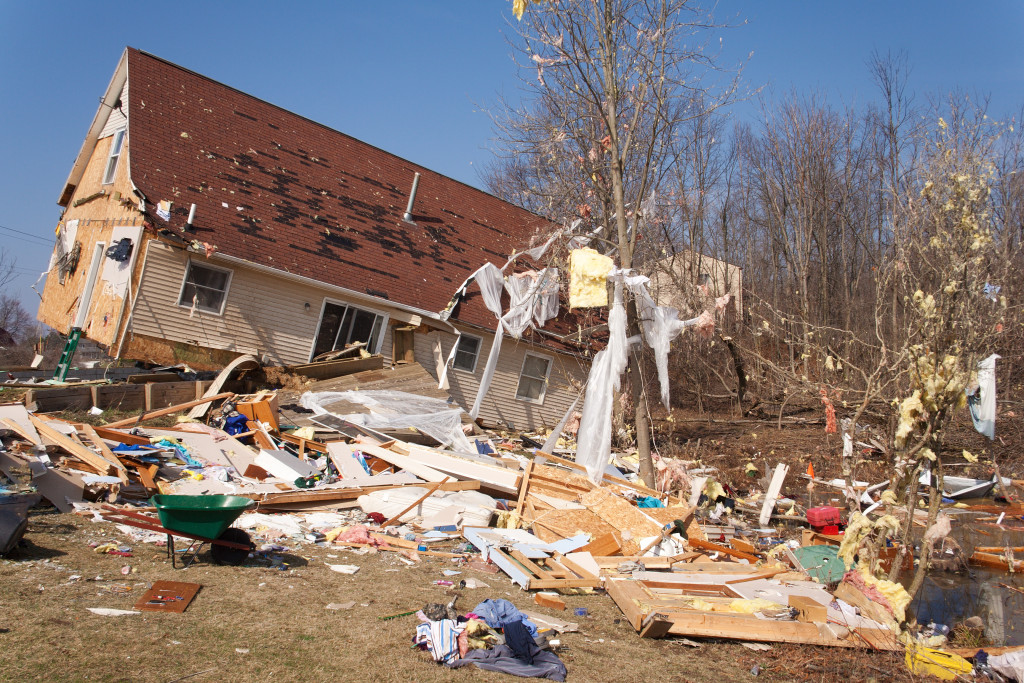- Community involvement, strategic planning, and technological tools are key in managing the aftermath of typhoons.
- A comprehensive and timely relief plan is required to address immediate community needs post-typhoon.
- Long-term strategies focus on rebuilding structures, restoring livelihoods, and enhancing community resilience.
- Transparent implementation of reconstruction plans ensures accountable and effective use of resources.
Typhoons are natural disasters that bring destruction and suffering to many communities in their paths. The aftermath of a typhoon can be devastating, and it often takes a longer time to address the challenges left behind in the local communities. This blog will provide some practical tips for local governments and non-profits to help them address the aftermath of a typhoon in the local communities.
Work Together with the Local Community Leaders
One of the most effective ways to address the aftermath of a typhoon is to work closely with the local community leaders. These leaders can serve as point persons in identifying the affected areas and providing you with real-time updates on the needs of the community.
You can also collaborate with them in the distribution of relief goods and organizing rescue operations. These local community leaders know their communities best, and leveraging their insights can make a huge difference in your typhoon relief efforts.
Develop a Comprehensive and Timely Relief Plan
Relief efforts after a typhoon should be comprehensive and timely to address the immediate needs of the affected communities. The relief plan should consider the affected population’s age, gender, and needs and include providing shelter, food, water, and medical assistance.
The relief plan should also prioritize the restoration of essential services like electricity, water, and telecommunications. Timing is crucial when it comes to providing relief and aid – having a solid plan will help ensure that assistance comes quickly to those in need.
Utilize Social Media and Digital Channels

Social media and digital channels are powerful tools that can help you reach a broader audience and spread awareness of the needs of the affected communities. You can use social media platforms like Twitter, Facebook, and Instagram to share images, updates, and calls for assistance. You can also leverage technology to create maps and support systems to help with rescue and relief operations. These digital channels can be a valuable resource to help address the aftermath of a typhoon.
Develop Long-term Strategies for Reconstruction and Development
Typhoons can wreak havoc and cause long-term damage, not just to physical structures but also to livelihoods and the economy. After the initial relief efforts, it is important to develop long-term strategies for reconstruction and development to help the affected communities rebuild their lives. Here are the four main steps that non-profit organizations and government agencies can take to develop long-term strategies:
Assess the damage.
Conduct a thorough assessment of the damage caused by the typhoon, including physical structures, livelihoods, and economic impact. You can work with experts to gather data and insights that will help you develop an effective reconstruction plan.
Involve the community in the planning process.
It is crucial to involve the affected communities in the planning process. This will ensure that their needs and priorities are considered and they have a say in how their communities are rebuilt.
Partner with professionals.

Collaborating with professionals such as engineers, architects, and urban planners can help you come up with sustainable reconstruction plans that take into account the local community’s needs and the typhoon-prone environment.
You can also partner with specialists, such as a trusted asphalt roofing company that can help with repairing and rebuilding damaged roofs, which can be a critical aspect of reconstruction efforts. An asphalt roofing company can provide expertise in using durable and weather-resistant materials that can withstand future typhoons.
Implement the plan with transparency and accountability.
Transparency is essential when implementing long-term strategies. Make sure to communicate progress, challenges, and changes in plans to the community regularly. Also, establish systems of accountability to ensure that resources are used efficiently and effectively.
Developing a long-term plan for reconstruction and development will help build back better, making the community more resilient to future typhoons.
Managing the aftermath of a typhoon is a daunting task that requires strategic planning, community involvement, and effective use of technology. By working closely with local leaders, devising a comprehensive relief plan, leveraging digital channels for communication, and focusing on long-term reconstruction and development, organizations can help affected communities recover more effectively.
Remember, it’s not just about rebuilding physical structures but also about restoring lives and livelihoods. With collective effort, resilience, and compassion, you can help turn these daunting challenges into opportunities for growth and transformation.




